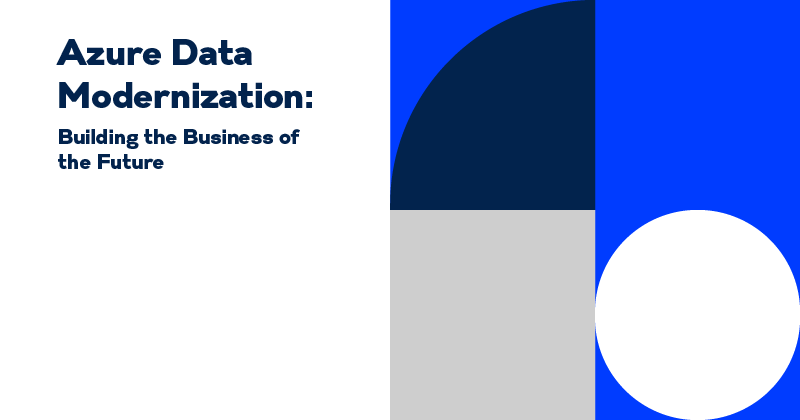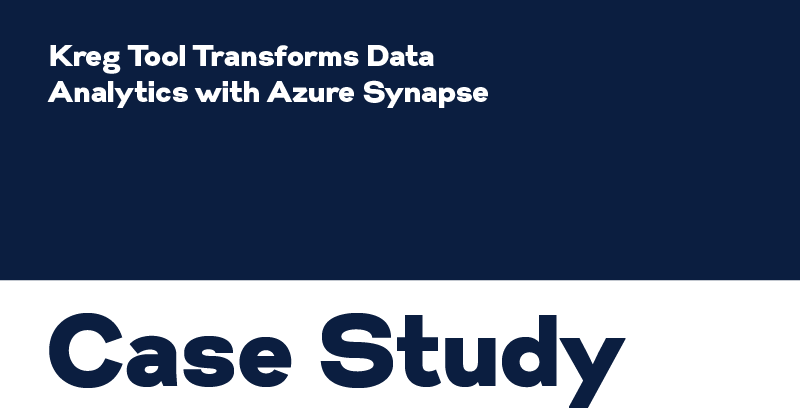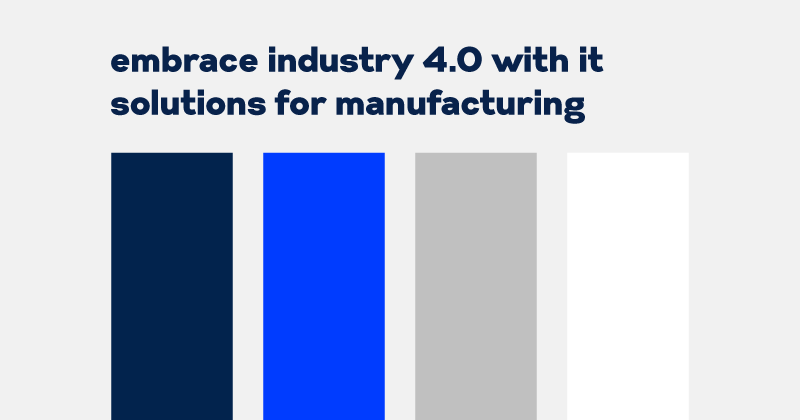
Menu
Driving Manufacturing Efficiency Through Secure and Scalable IT Solutions
Manufacturers face constant pressure to streamline operations, optimize production, and stay ahead of rising demands for automation and digital transformation. Balancing these goals with the need for real-time analytics, secure data management, and uninterrupted system uptime is no easy task. At US Signal, we help manufacturers overcome these challenges by delivering secure, scalable, and reliable manufacturing IT services that drive innovation and growth.
Cloud Solutions for Manufacturing
Manufacturers rely on agile, scalable IT infrastructure to keep up with fluctuating production demands and improve operational efficiency. US Signal’s cloud solutions provide the flexibility and security needed to thrive:
- Public Cloud: A cost-effective, scalable solution to manage high-performance workloads and growing production needs without significant upfront investments.
- Private Cloud: Secure, dedicated environments that protect proprietary data and ensure compliance with manufacturing industry standards.
- Hybrid Cloud: Seamless integration of on-premises systems with cloud resources for flexibility, efficiency, and optimized performance across your operations.
Colocation Services
Secure hosting and business continuity are essential for manufacturers managing critical IT infrastructure. US Signal’s colocation solutions help reduce operational burdens while ensuring uptime:
- Secure Hosting: Store and protect your infrastructure in disaster-resistant, highly secure data centers with 24/7 monitoring and support.
- Cost-Effective Infrastructure: Reduce expenses while maintaining control by leveraging US Signal’s advanced power, cooling, and network resources.
- Business Continuity: Ensure uninterrupted operations with redundant systems, disaster recovery options, and geographically diverse facilities.
Connectivity
Modern manufacturing depends on secure, high-speed communication to connect production lines, systems, and teams across locations. US Signal delivers reliable, efficient connectivity solutions to keep operations running:
- Switched and Routed Services: Maximize bandwidth and minimize downtime to ensure seamless production workflows and collaboration.
- Direct Transport: Enable fast, secure data transfers between systems and locations for real-time process optimization and decision-making.

Managed Services
Managing IT infrastructure can be a significant drain on resources for manufacturers. US Signal handles IT complexities so you can focus on core production:
- Backup and Disaster Recovery: Safeguard production data and minimize disruptions with comprehensive recovery solutions.
- Managed Security Services: Proactively protect your operations with 24/7 monitoring, threat detection, and incident response.
- Application and Database Management: Maximize uptime and reliability for critical systems, applications, and production databases.
Professional Services for Manufacturing
Every manufacturer faces unique operational and IT challenges. US Signal’s professional services deliver targeted solutions to improve productivity and drive results:
- Compliance-Driven Services: Ensure adherence to industry regulations, including ISO standards, cybersecurity frameworks, and data protection laws.
- Tailored Consulting: Partner with US Signal experts to create and implement strategies that enhance efficiency, reduce downtime, and support digital transformation.
Why Manufacturers Choose US Signal
Manufacturers partner with US Signal to achieve operational excellence and drive innovation. With deep industry expertise, secure infrastructure, and responsive support, we help manufacturers:
- Streamline production processes and system performance.
- Enhance data security and compliance.
- Enable digital transformation with scalable IT solutions.
Trust US Signal to deliver IT solutions that keep your operations secure, efficient, and ready to grow—so you can focus on delivering results and advancing innovation.
I sleep better at night knowing that US Signal is paying attention to every detail, process discipline, and procedural compliance necessary to keep our data safe and always available.
Global Security and Infrastructure Director, Trek Bicycle
Read the Case StudyRelated Resources
Connect with Us
At US Signal, we’re here to provide the solutions and support your business needs to thrive. Whether it’s secure cloud solutions, reliable network services, or managed IT support, our team is ready to help.




